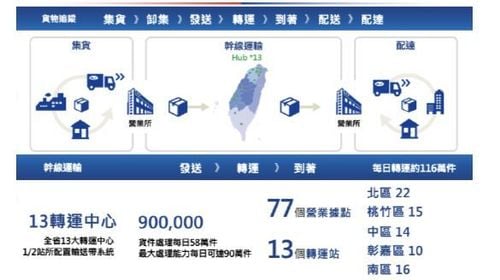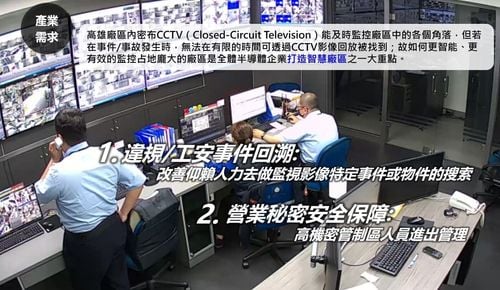【2021 Application Example】 Factory Helper Chatbot Reduces Machine Downtime to One Day
Jinfeng Machinery Industry, the fourth largest punch press manufacturer globally, has developed an app that connects with LINE, WeChat, and IM emergency communication software. Regardless of the number of machines, integrated through a single platform, the production and equipment status can be monitored in real time via mobile phones and tablets.
Established nearly seventy years ago, Jinfeng Machinery is one of the unsung heroes behind Taiwan's early 'living room as factories' approach, with household subcontracting tasks such as spoon and button metal pressing handled by Jinfeng's machines. With the advent of Industry 4.0 technologies, this 'hidden company' based under Bagua Mountain in Changhua had to adopt AI robots to swiftly address malfunctions and reduce wait times.
Real-time monitoring AI robots have become essential assistants on the factory line
GM of Jinfeng Machinery Industry, Tseng Sheng-ming famously said: 'Always consider the next step for our customers.' With an annual revenue of over 7.5 billion New Taiwan Dollars, a single day of factory downtime equates to a loss of over 20 million dollars. At the forefront of Industry 4.0, Jinfeng uses various sensors to remotely monitor the operational status of machines and record data. Through network-connected gateways that integrate peripheral equipment, monitoring data is transmitted to databases to quickly detect and reduce the risk of downtime. Cloud-based, 24/7, 365-day repair registration and constant monitoring are aimed at achieving the goal of an unmanned factory.
金豐機器工業總經理曾盛明的名言是:「永遠為客戶設想下一步」,年營業額逾新台幣75 億元的金豐,工廠停工一天等於損失2,000 多萬元,走在工業 4.0 的浪頭上,金豐透過各式感測器遠程掌握機台運作狀態並記錄數據,運用網路連接閘道器整合周邊設備,將監測數據傳送至數據庫,快速檢知降低停機風險,雲端線上全年365 天、每天24 小時報修等隨時監控,以實現無人化工廠的目標。
To speed up the resolution of machine malfunctions, Jinfeng Machinery Industry introduced a customer service chatbot developed by Asia-Pacific Smart Machine Company, featuring multi-round dialogue capabilities. Combined with a knowledge graph in the punching field, operators simply need to inquire through the proxy robot to quickly obtain troubleshooting solutions and repair quotes, eliminating the need to wait for Jinfeng technicians to handle issues on-site. This approach has reduced downtime to within one day, cutting the time spent on factory malfunction resolutions by up to 50%.
Accelerated security screening processes can significantly save up to 30% of manpower
By applying AI technology for machine understanding, Asia-Pacific Smart Machine facilitates immediate and accurate problem classification through inquiries by customers and front-line staff. Online responses to operational issues and needs are synchronized, scheduling repair personnel and materials to quickly resolve faults and effectively reduce downtime losses. In the field of tool machines, Open Talk can integrate with Industry 4.0 tool machines for machine control and real-time data queries. Engineers no longer need to use smartphones or tablets; they can simply use voice commands to control machines and make inquiries through installed speakers or robots, promptly notifying maintenance when issues arise, keeping repair time within one day. Moreover, the technology provided by Asia-Pacific Smart allows for automatic detection of which production line is problematic, type of issue, and management of the situation, speeding up the repair process and potentially saving up to 30% of manpower.
「Translated content is generated by ChatGPT and is for reference only. Translation date:2024-05-19」


